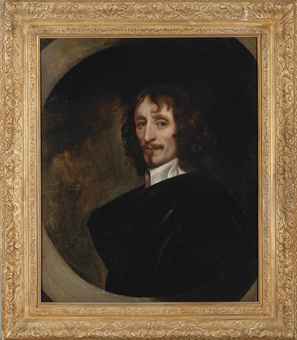Royal portraiture was a tricky thing. In a world where an official painting (or an engraving of it) was, for many people, the only opportunity they had to lay eyes on their monarch, the portrayal of royalty had to show strength, power and confidence, not just to the people they ruled, but to relatives, friends and, most importantly, adversaries and enemies. Think of Henry VIII’s supremely arrogant, hands-on-hips ‘don’t mess with me’ poses. Even today that image gives us a sense of the character and reputation of the man, and adds colour and shape to what we know of him on paper.
The Stuarts, too, commissioned numerous portraits, although some were more reluctant than others. James I was said to be uncomfortable with the process, and this comes across in awkward and stiff poses. While he was merely unenthused by the whole idea, there is little suggestion that he was uncertain of his role as king, only that he wouldn’t have been the kind of ruler who liked pasting selfies all over Instagram. Compare this with the images we have of Charles I, trying his best to appear strong and capable, when he frequently appears uncertain and troubled, particularly during the conflict in the 1640s when chaos reigned rather than him. In such times we would expect his portraits to show a man absolutely confident and in control, a king who needed his people to get behind him, yet Dobson’s portraits give us a man who is far from confident or assured of victory, despite the haughty expression and rich clothes of state.
So here’s a look at how the Stuart kings and consorts showed us their game-faces, some with more success than others!

King James I of England, before 1621, by Paul van Somer
©Museo del Prado, Madrid

Queen Anne of Denmark, 1614, attrib. Marcus Gheerearts the Younger
©The Royal Collection

King Charles I, c.1640-1646, by William Dobson
©The Royal Collection

Queen Henrietta Maria, c. late 1630s, by Anthony Van Dyck
©Philip Mould Ltd

King Charles II, c. 1660-1665, by John Michael Wright
©National Portrait Gallery, London

Queen Catherine of Braganza, wife of King Charles II, 1665, by Sir Peter Lely
©Philip Mould Ltd

King James II, 1683, by Sir Godfrey Kneller
©Government Art Collection

Anne Hyde, Duchess of York (first wife of the future King James II), c.1662, by Sir Peter Lely

Mary of Modena, second wife and Queen Consort of King James II, 1680, by Simon Petersz Verelst

































